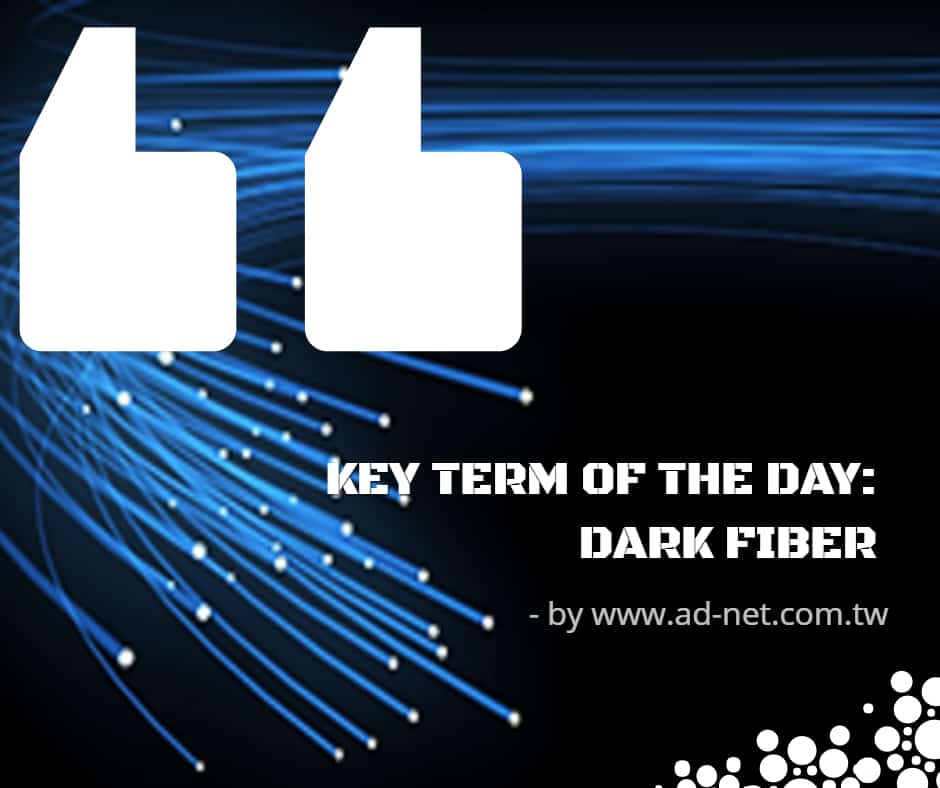As a continue for a topic we discussed some time ago about access network providers, who do light up a fiber, let’s talk about dark fiber – or physical network providers

When physical network providers are not lighting fiber and not providing transport, then their infrastructure can offer only dark fibers.
The dark fiber means that cities are responsible only for the for the fiber deployment throughout the neighborhoods. In this scenario the municipal network success is highly dependant on the the three way separation of ownership and responsibility.
The solid and general infrastructure will be available if the city fails to light the fiber and provide the transport. That automatically makes benefits of the technology accessible.
City can either rent or sell fiber to the private company, making the company monopolic on the specific area. That makes area completely inaccessible by all the other operators.
Having multiple black fibers doesn’t solve the situation – the number of service providers is limited by the amount physical branches.
It is not against any law to be monopolistic in fiber ownership, but for the end user it is much more preferably to get advantages of the competitiveness. Supposedly, many providers could use a privately owned fiber in a multi-dark-fiber environment, but consolidated market would remove the real competition.
Municipalities are motivated to add as many competing service providers as possible for the network. Cities are controlling the benefits of the open system by providing transport and controlling it.
You might also be interested in:


